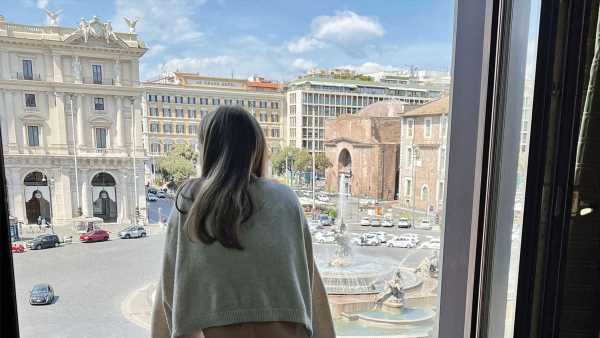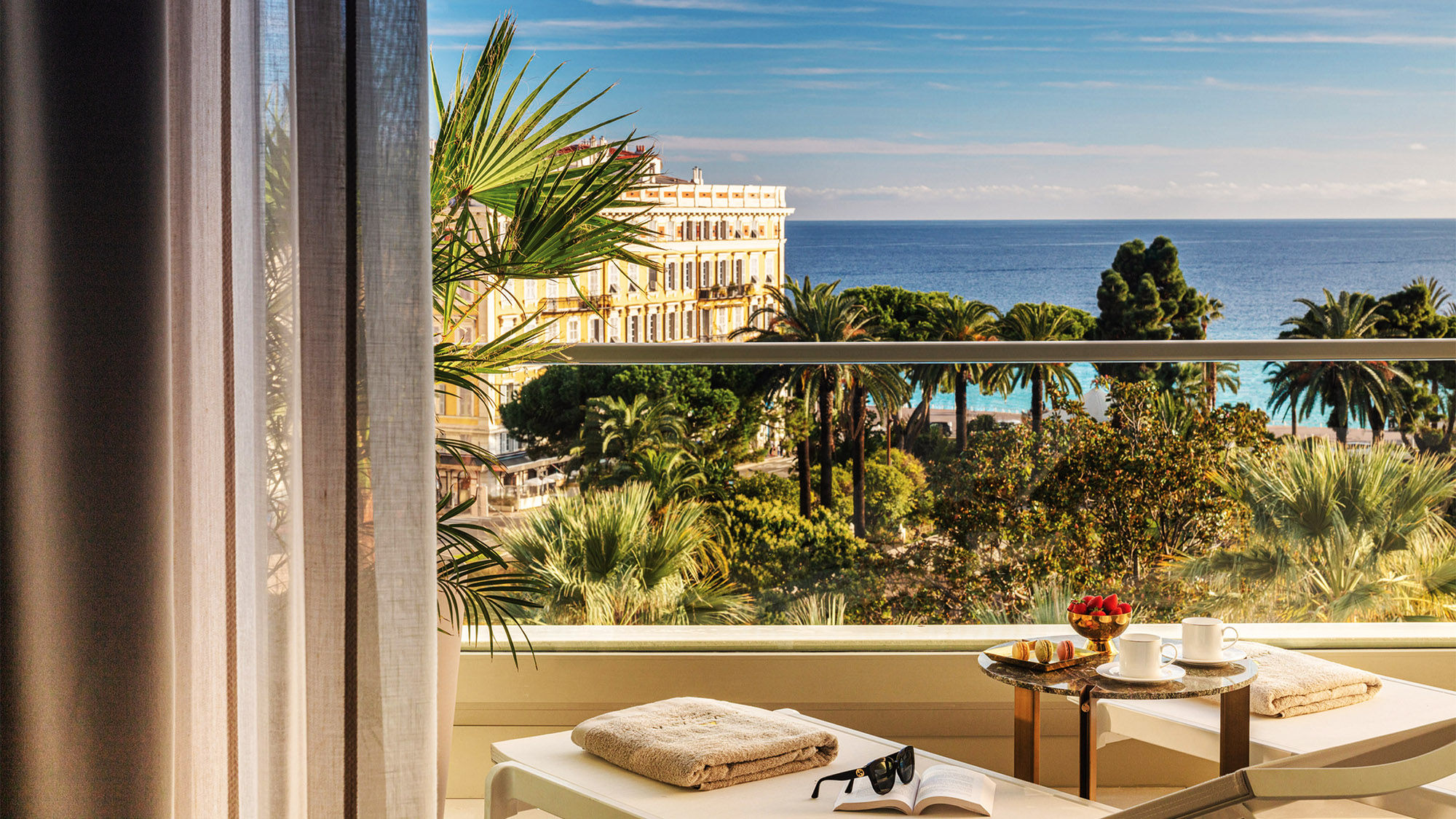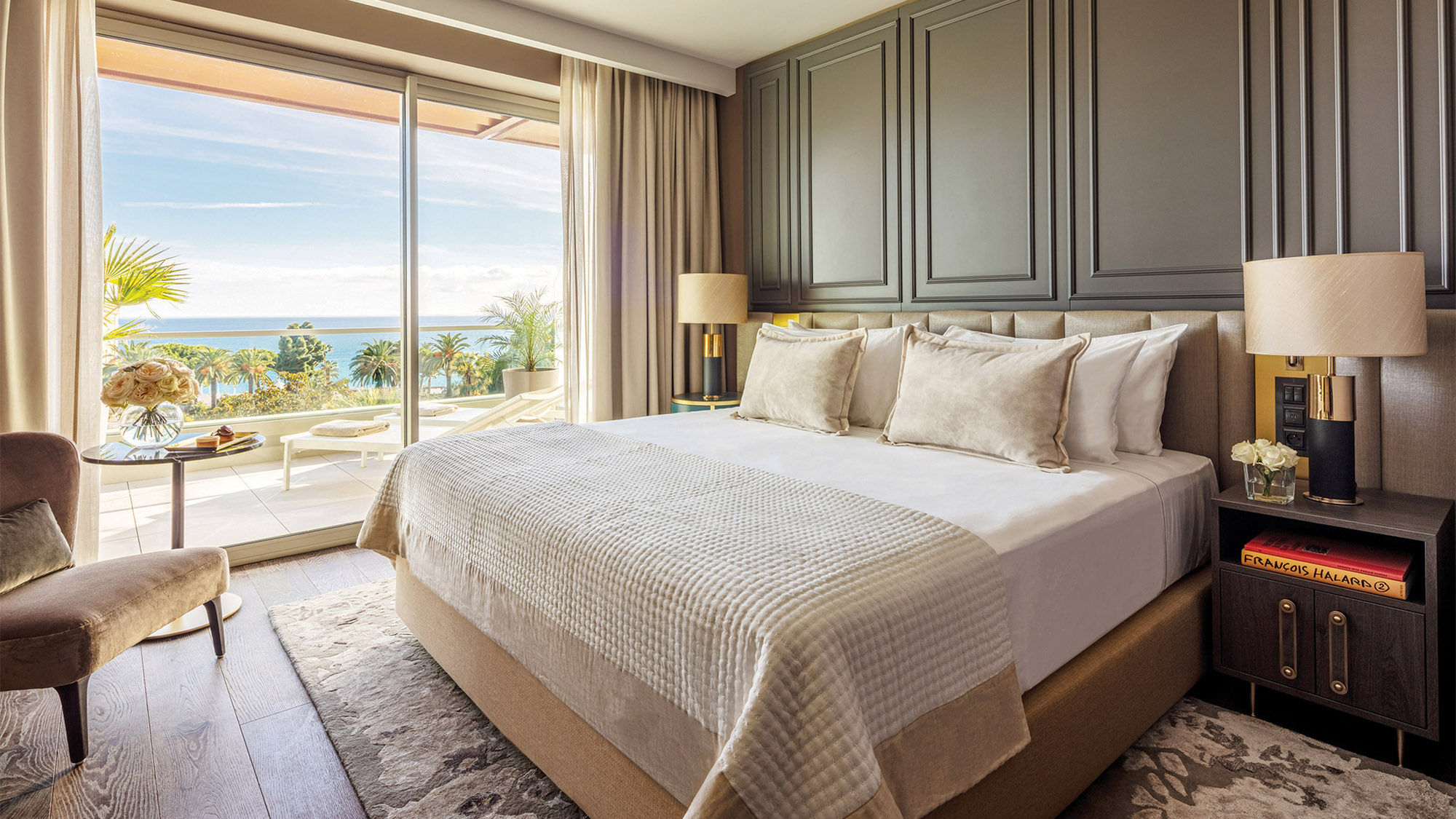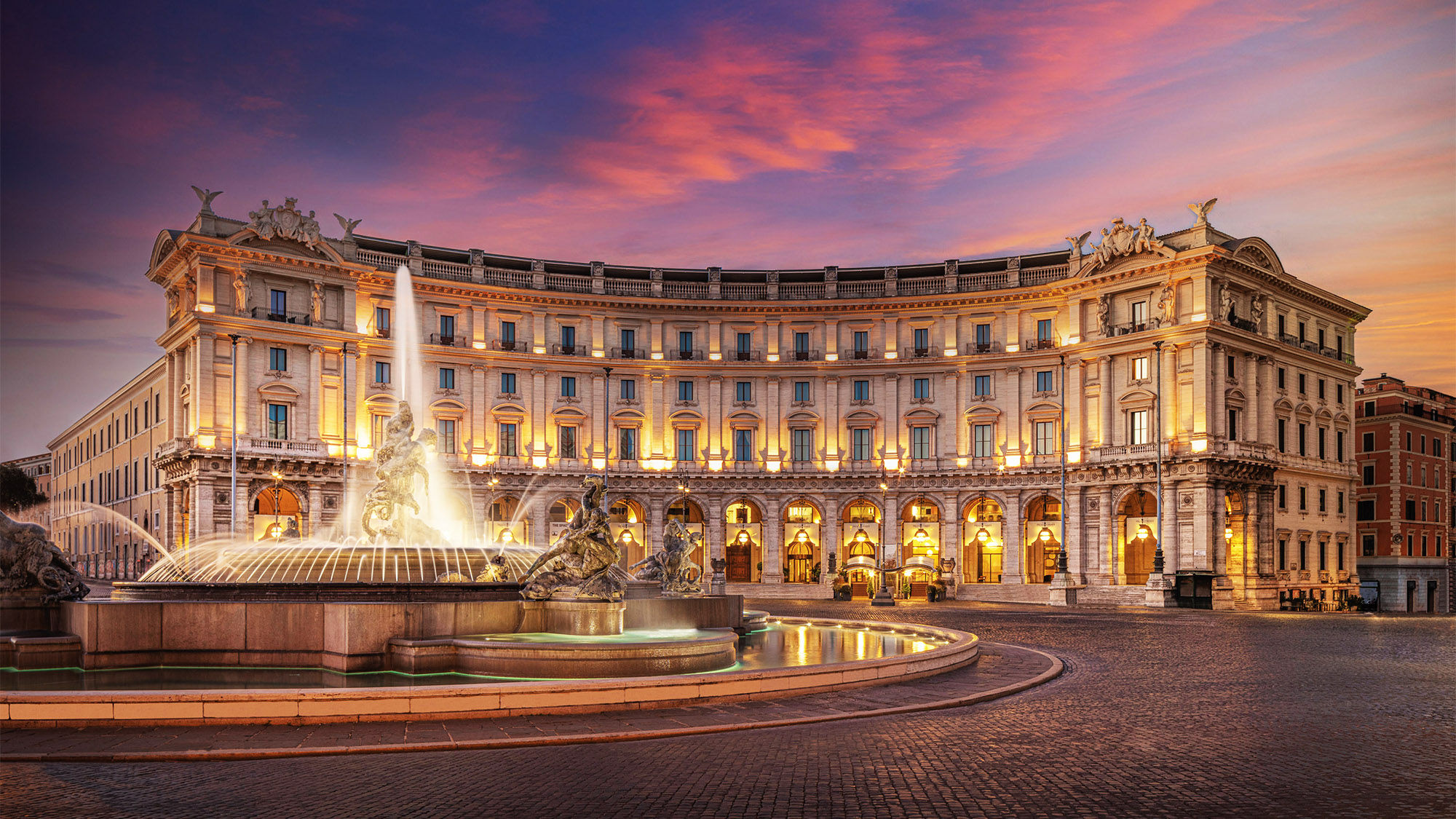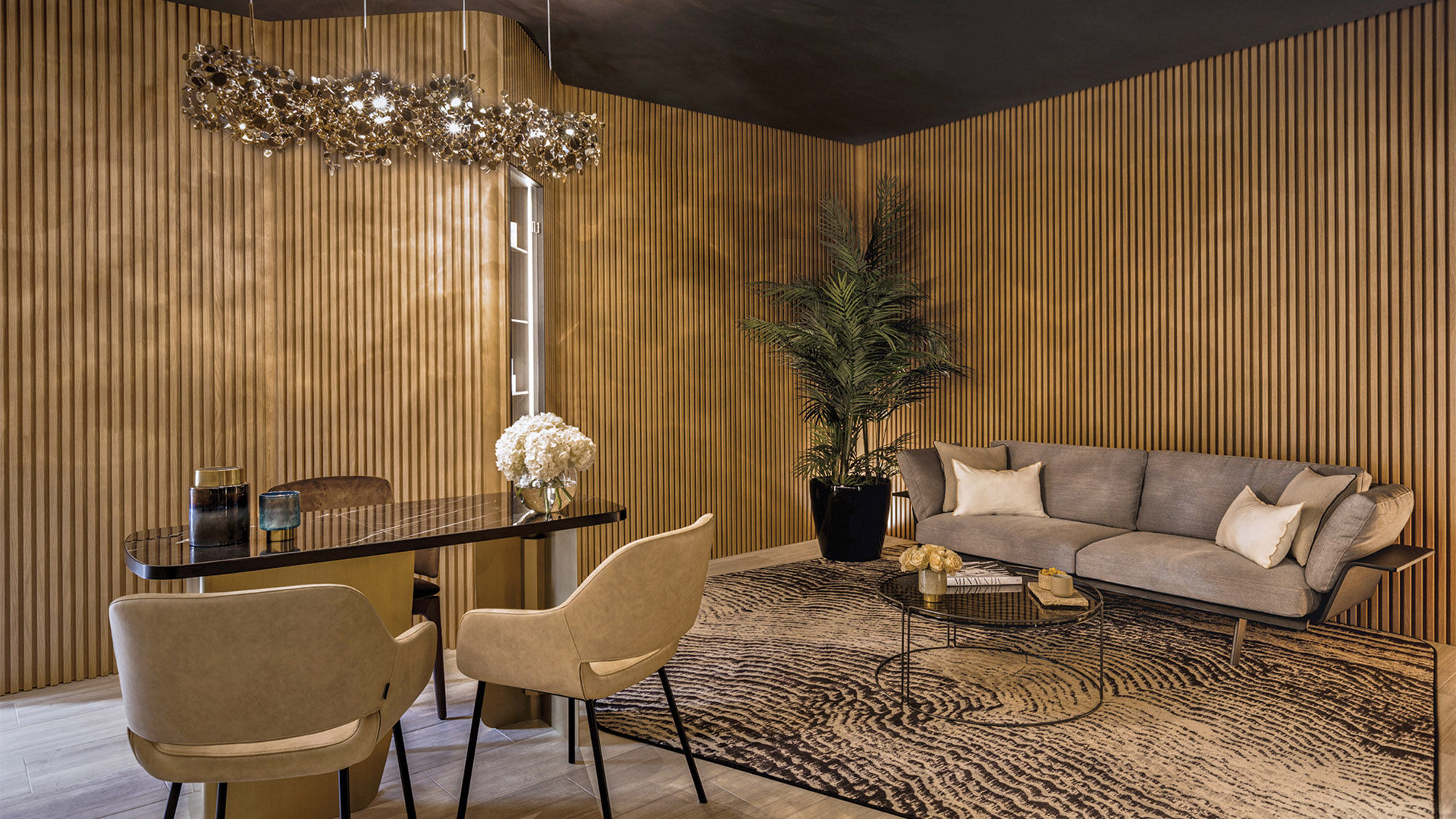When it comes to Mother’s Day, I appreciate breakfast in bed as much as the next mom.
But when the opportunity arose to travel to Nice and Rome ahead of the holiday with my young-adult daughter — a fellow Europhile, foodie and wellness devotee — I jumped at the chance.
Our goal was to experience the Anantara Plaza Nice Hotel on France’s Cote d’Azur and a shorter stop at the Anantara Palazzo Naiadi Rome Hotel in the heart of the Eternal City.
While these two properties are as different as the cities they’re located in, we found a few commonalities: enviable locations, luxe spas, fine dining, guestrooms with eye-popping views and cocktail terraces overlooking the cities.
Beyond that, nothing was the same.
Anantara Plaza Nice Hotel
The Anantara Plaza Nice Hotel, which opened Jan. 30 on Nice’s Golden Square, had us at hello, thanks to its location on the edge of Old Nice and overlooking the Mediterranean and the Promenade des Anglais boardwalk.
The 175-year-old property, which was closed for two years during its transformation from the belle epoque-era Hotel de France to its present incarnation, blends classical and contemporary appeal in a way that many hotels try but often fail to do.
The property features 151 rooms, including 38 suites, many with sea-facing terraces and balconies. Our junior suite on the fifth floor offered a terrace large enough for a love seat, lounge chair and table, not to mention perfect views of the Baie des Anges.
Chloe and I are Type A travelers who don’t often spend a lot of time in our hotels, but here we did. We gravitated toward the rooftop for alfresco breakfasts, a first-rate seafood lunch and the Around the World Cocktail Tasting at Rooftop Bar Seen, which included plenty of nonalcoholic options.
A highlight was dinner at Seen by Olivier, overseen by chef Olivier da Costa, for a next-level sushi experience that we were still talking about days later.
We indulged in mother/daughter hydra mineral facials at the Anantara Spa — there are five treatment rooms, a hammam and a sauna — featuring marine skin-care products and natural essential oils from the Grasse region. Also offered are a 24-hour fitness center, rooftop yoga and sessions with personal trainers.
For a whimsical note, we enjoyed the Delici Carnaval afternoon tea in Les Colonnades, a caviar and Champagne lounge, where our server set bite-size treats on a tabletop Ferris wheel, along with Champagne and various specialty teas.
In a way, the amount of time we spent at the hotel mirrored my feelings about Nice itself, a city that many people regard as solely a gateway to other glamorous destinations along the Riviera. But to bypass Nice is to miss one of the most authentic and charming cities in the region. Real people live here, unlike in some of its trendy neighboring villages and towns, where the shops far outnumber the homes.
Some of our favorite activities included the flower market in Cours Saleya, where you can find colorful blooms, spices, lavender sachets, soaps, olive oils and honey; a long stroll along the boardwalk past the yachts and fishing boats to Le Plongeoir, a restaurant jutting out over the sea on a rocky promontory; and dinner at Le Tire Bouchon in Old Nice. (A tip for foodies looking for genuine Nicoise cuisine: Do your research and reserve ahead.)
Visitors from North America who don’t speak French will have no trouble getting around. Not only does the hotel staff speak impeccable English, but so do most of the shopkeepers. To say that this is a change from when I first started coming to Nice decades ago is an understatement.
Visitors who do want to explore other destinations on the Riviera have no shortage of options, including Cannes, St. Tropez and Monaco.
We decided on St. Paul de Vence, an appealing, pedestrian-only medieval village on a hilltop that my daughter had never visited.
There are a few complicated public transportation options for the excursion, but we simply hopped in an Uber and made the roundtrip for less than $100 and with no hassle summoning a car in either direction.
The city of Nice itself was recently classified by Unesco as a winter resort town of the French Riviera, and a range of off-property excursions can be arranged with the concierge.
Anantara Palazzo Naiadi Rome Hotel
In the car on the way to the Anantara Palazzo Naiadi Rome Hotel, I squealed when a little Fiat almost sideswiped us. Our driver made friendly eye contact in the rearview mirror. “Roma,” he said with a shrug.
Indeed, the grandiose charm of Italy’s capital city, whose chaotic energy contrasts so notably from the calm beauty of Nice, is also reflected in the 238-room hotel, whose ornate facade faces the Fountain of the Naiads in the Piazza Della Repubblica.
The fountain — every bit as beautiful as the Trevi, but without the crowds — is an artistic marvel, but the piazza and the hotel itself share an even more ancient history.
You know the old joke about how you can’t put a spade in the ground in Rome without hitting a Roman ruin? Such was the case at the hotel, where foundations, pools and mosaics of the ancient Baths of Diocletian were discovered during the renovation of several public areas on the lower floor. Sections of the ruins are now covered with clear flooring, and it’s worthwhile to ask a hotel staffer to show you around and explain the significance of what you’re seeing.
Our tour included a look at the 2,000-square-foot Presidential Suite and the section of guestrooms in the pope’s ancient granary. What these rooms lack in views is offset by the dramatic, wood-beamed ceilings restored from the original.
Our guide pointed out the Basilica of St. Mary of the Angels and of the Martyrs across from the hotel. Built inside the ruins of the baths, the interior was transformed by Michelangelo in the 1500s, and everywhere you look bears his influence.
That sense of classical history carries through the interior of the hotel, and our duplex suite was no exception. The bedroom was in a lofted space, and the living area offered enough room to host a small party.
Another feature of the property is its spa, and Chloe and I opted for the signature Diocletian Bath Ritual and a jet lag massage, respectively. Both were first-rate and made use of such heady ingredients as olive oil, honey, salt and laurel.
As in Nice, we were drawn to the rooftop for aperitifs and views of the city, and a highlight of our stay was dinner at the newly opened Ineo Restaurant, helmed by executive chef Heros de Agostinis.
We were encouraged to try the tasting menu with wine pairing and realized right away that we were experiencing a meal created by a chef gunning for a Michelin star. There were molecular cuisine elements alongside reimagined regional fare. The red raw shrimp with mandarin ceviche, for example, was both adventurous and an homage to the chef’s family’s home cooking.
A rooftop swimming pool will open in the coming months.
Source: Read Full Article
